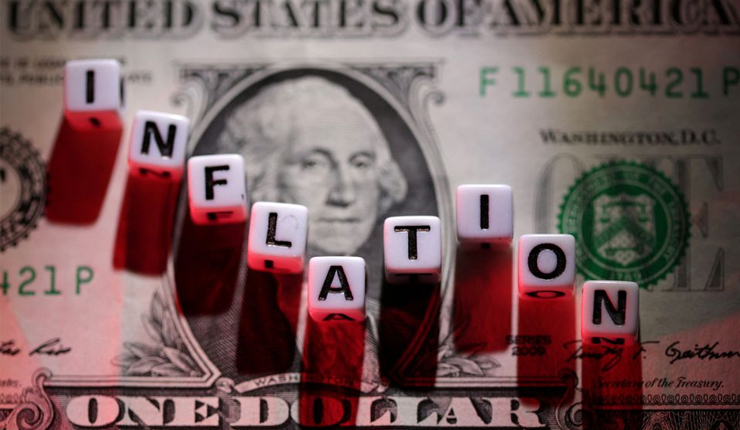U.S. inflation worries rose for the second month in November despite growing signs that price increase is relaxing, according to a survey published by the University of Michigan on Wednesday. These worries might create some concerns for Federal Reserve policymakers.
American households see inflation rushing to 4.5 percent over the next year, up from 4.2 percent in October to 3.02 percent in September, recording the the highest rate since April, the University of Michigan’s twice-monthly consumer sentiment survey concluded.
Consumers now see inflation hitting 3.2 percent on the average up from 3.0 percent in October and 2.8 percent in September, over five-year horizon. That’s the highest rate since a matching reading of 3.2 percent in 2011.
Households’ long-term inflation viewpoint has not been higher than that since 2008 when it reached 3.4 percent as the financial crisis was beginning to unfold.
“These expectations have risen in spite of the fact that consumers have taken note of the continued slowdown in inflation,” survey Director Joanne Hsu said in a statement. “Consumers appear worried that the softening of inflation could reverse in the months and years ahead.”
U.S. inflation has reduced notably since the summer of 2022 when the annual rate of price increases reached the highest since the early 1980s, encouraging the Fed to respond with the most aggressive series of interest rate hikes since that era to try to bring inflation back to its targeted annual rate of 2 percent.
As measured by the central bank’s preferred gauge, price increases of late have been running at 3.4 percent, down from 7.1 percent in June 2022.
But progress this year has been inconsistent, and Fed officials stay cautious of the potential for a reversal.
Since July, the Fed’s policy rate has stayed steady between 5.25 – 5.50 percent, and investors are now certain that the cycle of tightening is finished.
The Fed’s most recent meeting minutes from earlier this month were made public on Tuesday. They revealed that officials decided to move “carefully” and only increase interest rates if efforts to control inflation failed.
Fed officials are eager to see the public’s inflation expectations stay firmly anchored as part of that assessment, as rising expectations have the potential to change consumer behaviour in ways that ultimately lead to price increases.
In fact, the Fed’s decision to accelerate rate hikes to three-quarters of a percentage point at four consecutive policy meetings last year was influenced by a sharp spike in consumer inflation expectations in the spring of 2022.
“For a data dependent Fed, this is not good news as they do not want to see consumer inflation expectations become unanchored, since historically it becomes increasingly difficult to reset consumer psychology towards a lower inflationary environment,” Quincy Krosby, Chief Global Strategist for LPL Financial, said in a note following the latest Michigan survey.
That said, the University of Michigan survey results are at odds with other measures of inflation expectations that have shown they have in fact been slowing down.
A New York Fed survey of consumers last week, for instance, showed inflation expectations over both one-year and five-year horizons lessened in October even as the Michigan survey showed them accelerating.
Market-based measures of inflation expectations are also decreasing. The so-called breakeven inflation rates on U.S. Treasury Inflation-Protected Securities, also closely followed by Fed officials, are at their lowest in more than a month.


